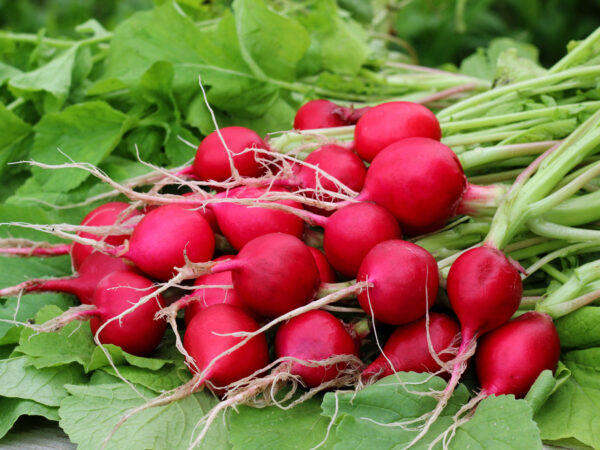Introduction:
Staghorn plants, with their unique and captivating appearance, have become increasingly popular among plant enthusiasts. Known for their antler-like fronds and ability to grow both indoors and outdoors, these plants bring a touch of natural elegance to any space. In this blog post, we will delve into the fascinating world of staghorn plants and explore how to properly care for them to ensure their health and vitality.
Understanding Staghorn Plants
Staghorn plants, scientifically known as Platycerium, belong to the fern family. They are epiphytic plants, meaning they naturally grow on other plants or trees without causing any harm. Their distinctive fronds resemble the antlers of a majestic stag, hence their name. With their large shield-shaped fronds, known as basal fronds, and fertile fronds that produce spores for reproduction, staghorn plants have a truly unique and eye-catching appearance.

Selecting the Right Growing Environment
To thrive, staghorn plants require a suitable growing environment that mimics their natural habitat. Ideally, they prefer bright, indirect light, making them ideal for spaces with filtered sunlight or partial shade. When selecting a location, consider their size and growth habit, as some varieties can grow quite large. Additionally, ensure proper air circulation to prevent excessive moisture accumulation, which can lead to fungal diseases.
Potting and Mounting Options
Staghorn plants can be grown in pots or mounted on various surfaces, such as wooden boards, cork, or tree branches. When potting, choose a well-draining medium, such as a mixture of orchid bark, sphagnum moss, and perlite. Mounting staghorn plants on a substrate allows them to grow more naturally, resembling their epiphytic habitat. Secure the plant firmly using natural twine or wire, ensuring it has enough stability to grow and thrive.
Watering and Humidity Requirements
Proper watering is crucial for the health of staghorn plants. They prefer consistent moisture, but not waterlogged conditions. When watering, soak the plant thoroughly and allow excess water to drain away. It is important to note that staghorn plants are not drought-tolerant and may wilt if not watered adequately. In addition to watering, maintaining a humid environment is essential. Mist the fronds regularly or use a humidifier to prevent them from drying out.
Feeding and Fertilization
To support optimal growth, staghorn plants benefit from regular feeding. Use a balanced, water-soluble fertilizer diluted to half strength, and apply it every two to four weeks during the growing season. Be sure to avoid direct contact with the fronds when fertilizing, as it can cause damage. Additionally, consider using organic fertilizers or natural alternatives to minimize the risk of chemical burn.
You can purchase this plant at our Esty shop. Happy Growing!
Proudly powered by WordPress





